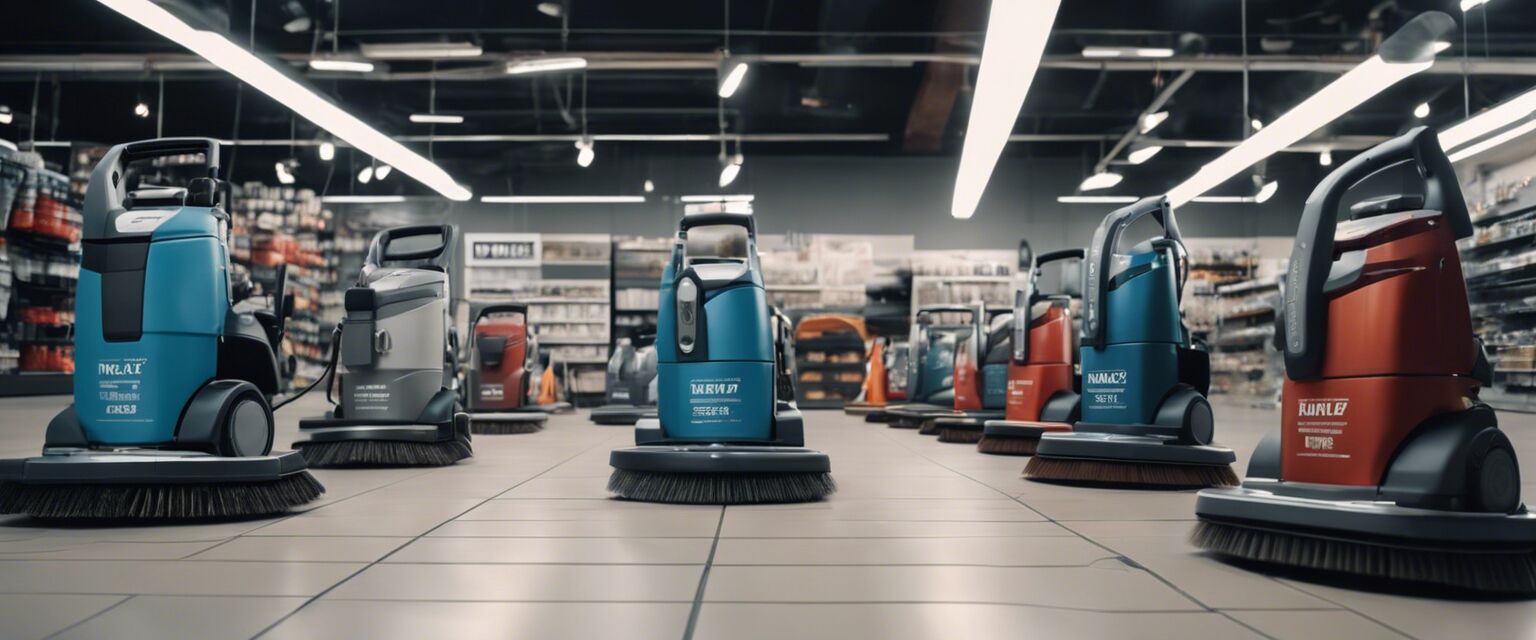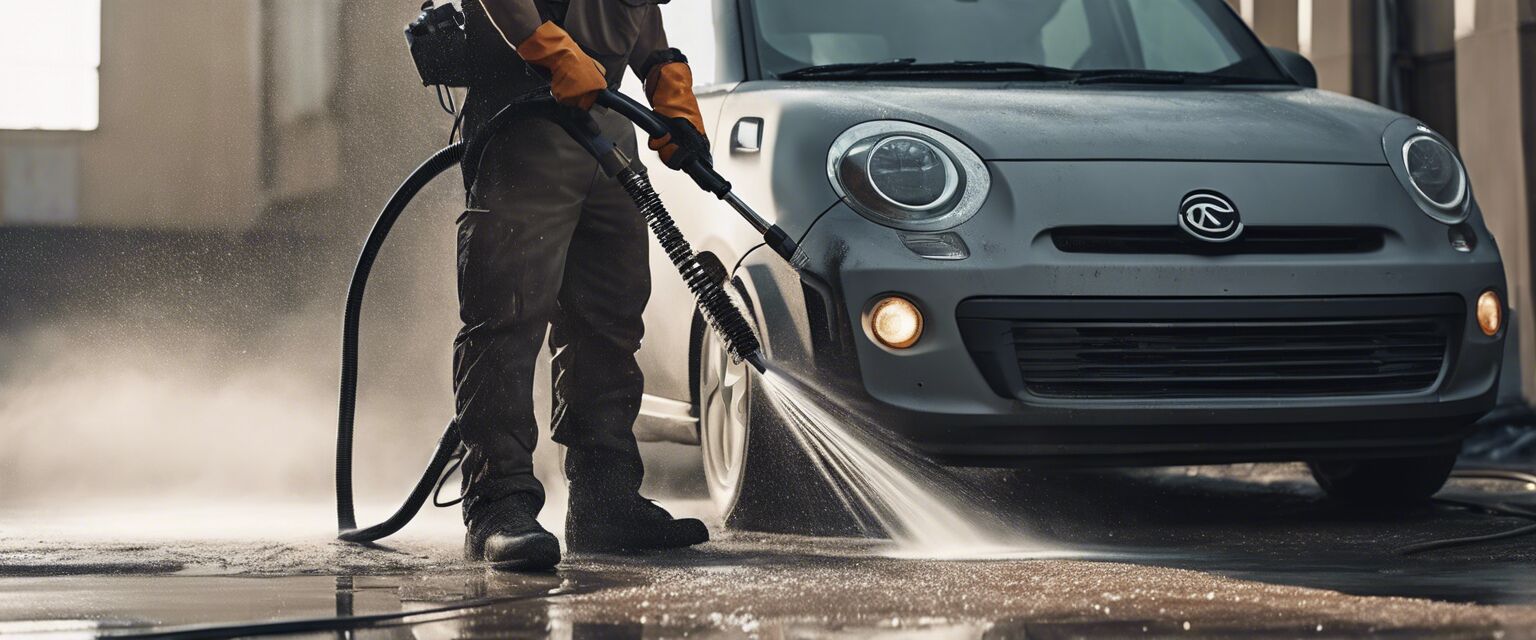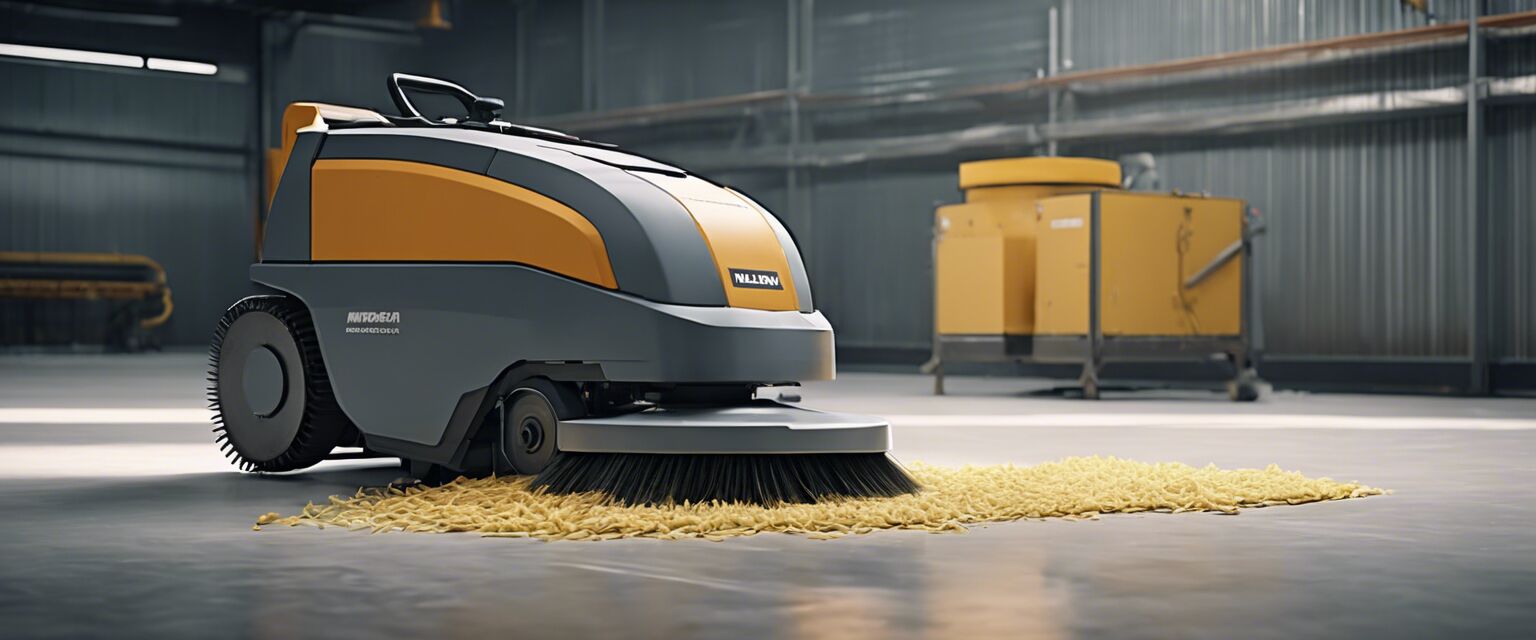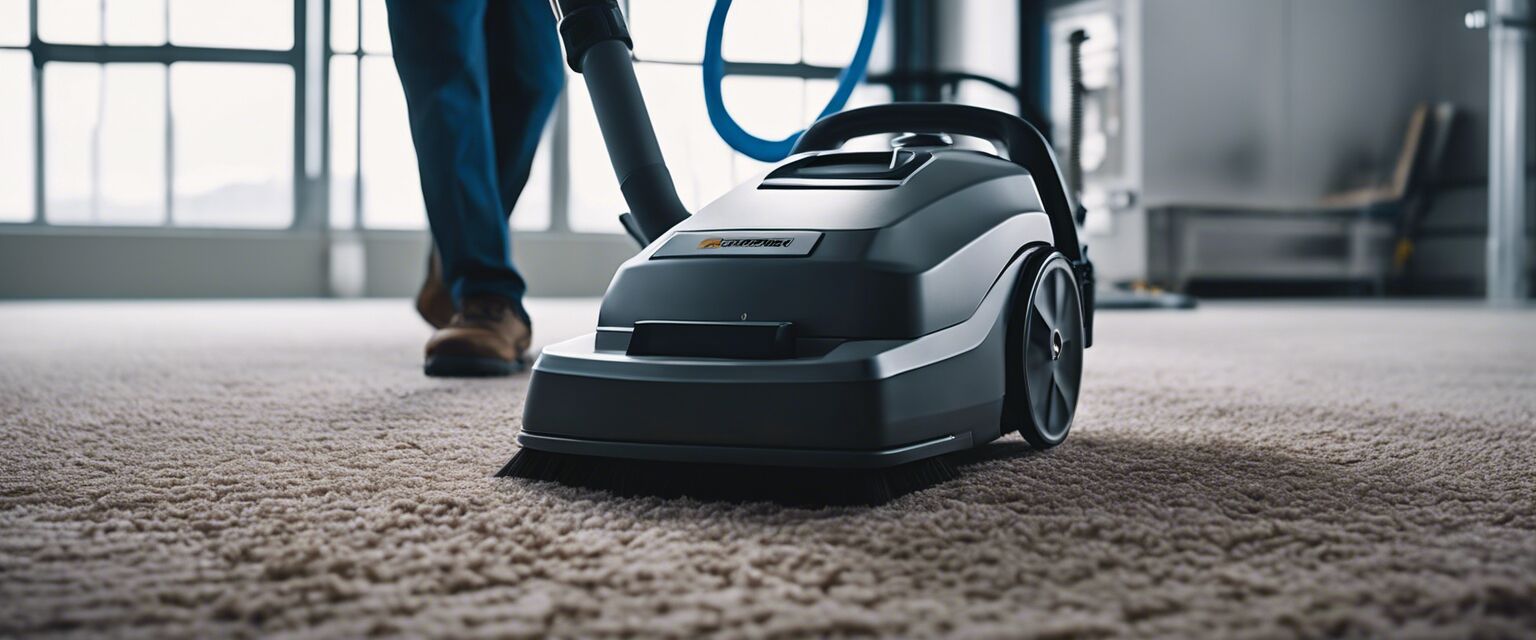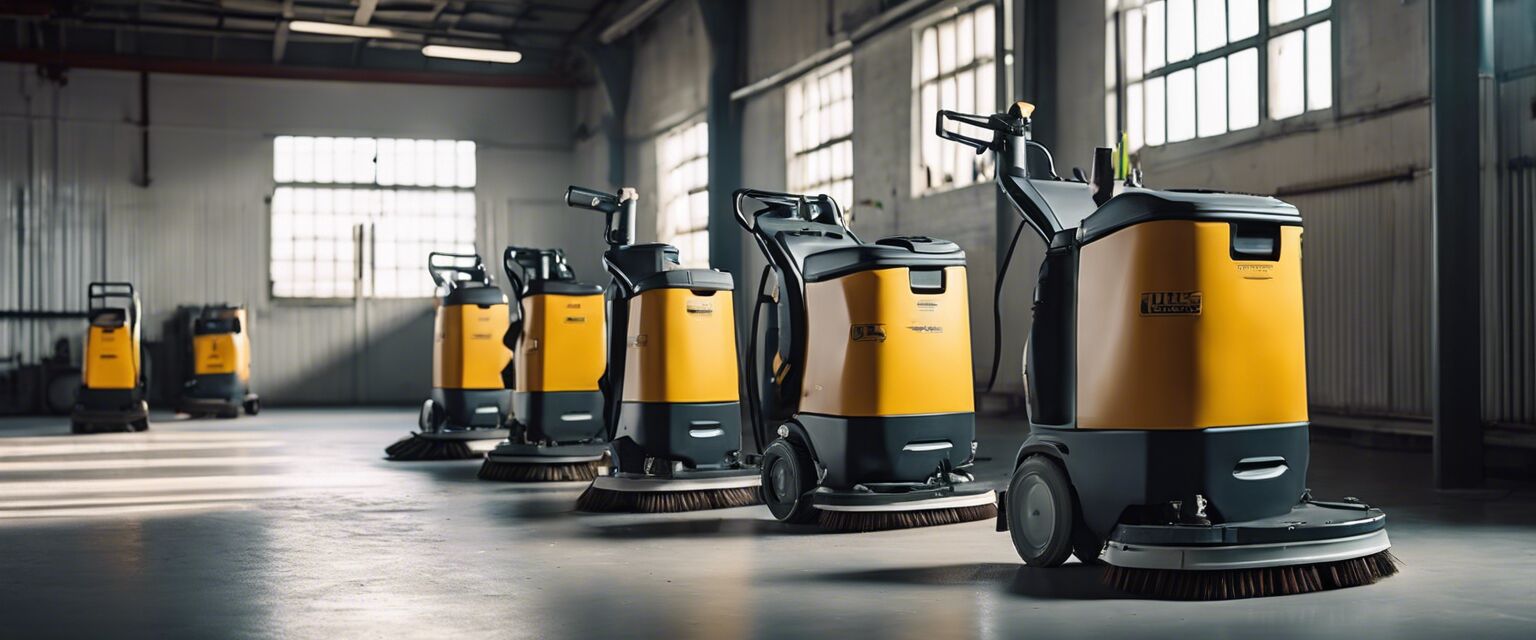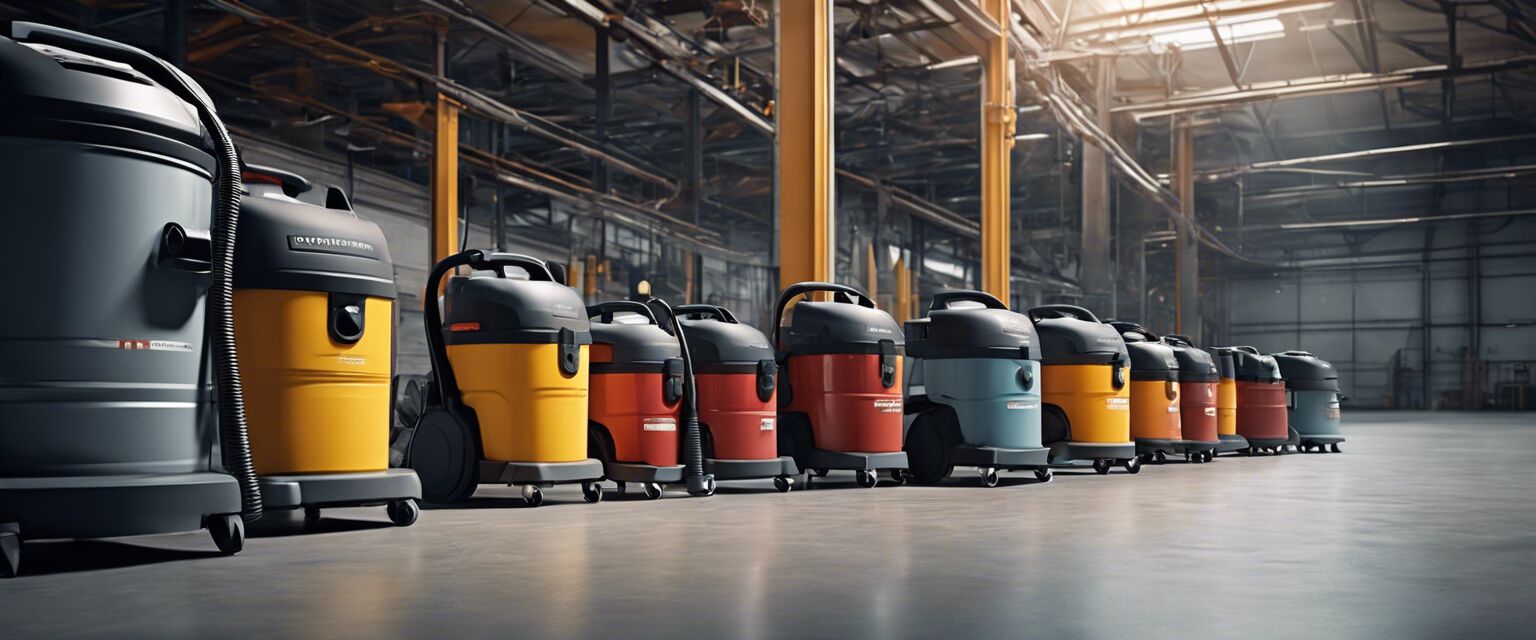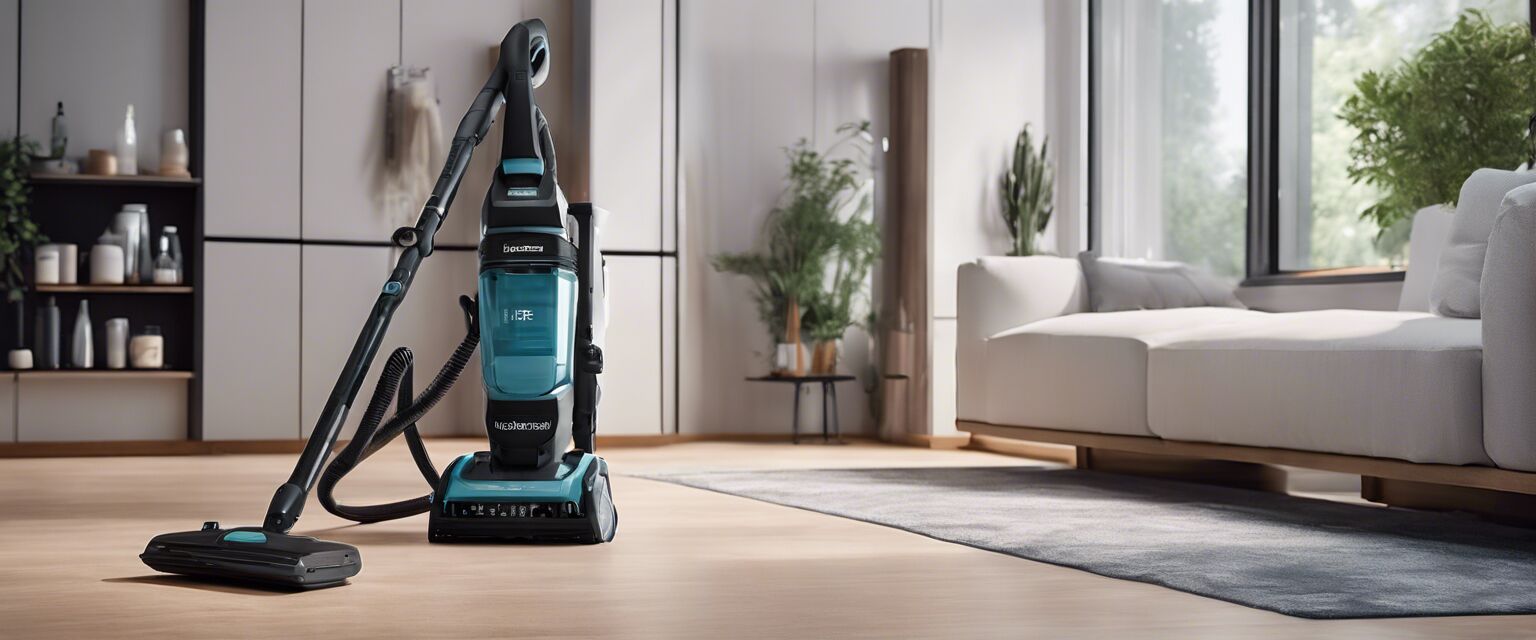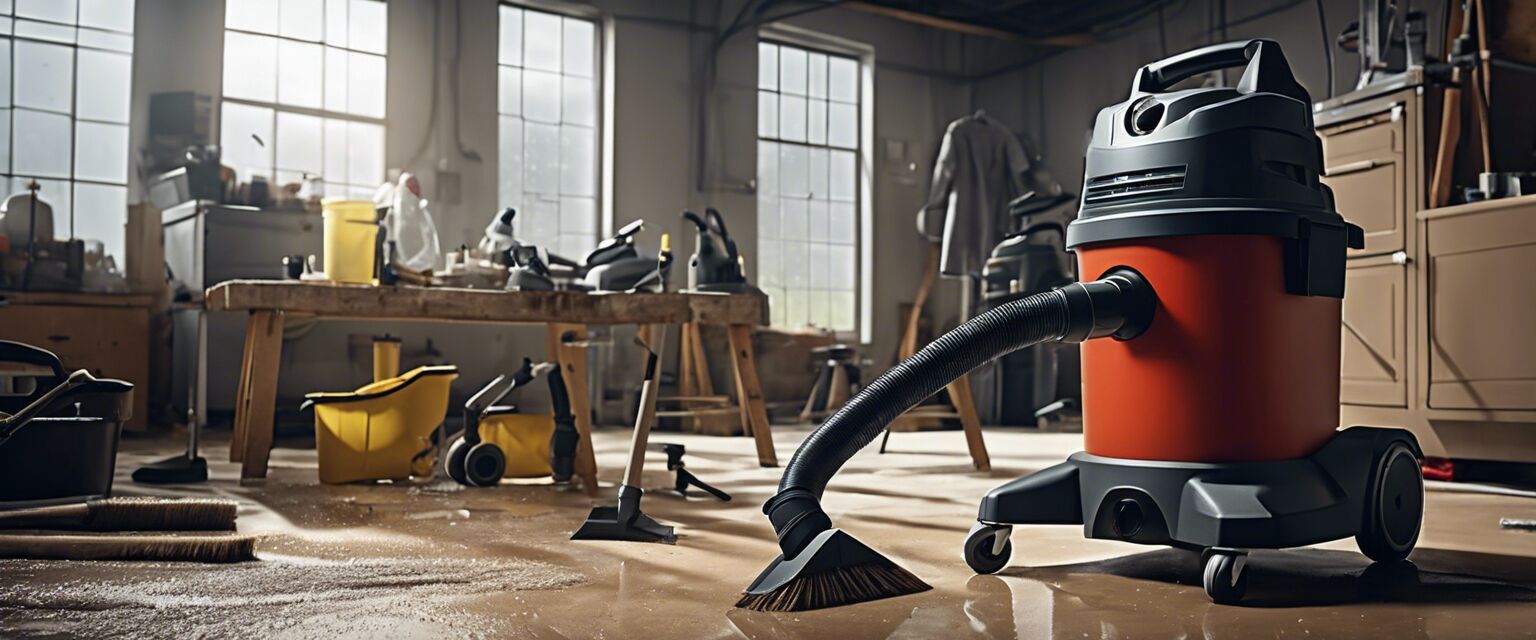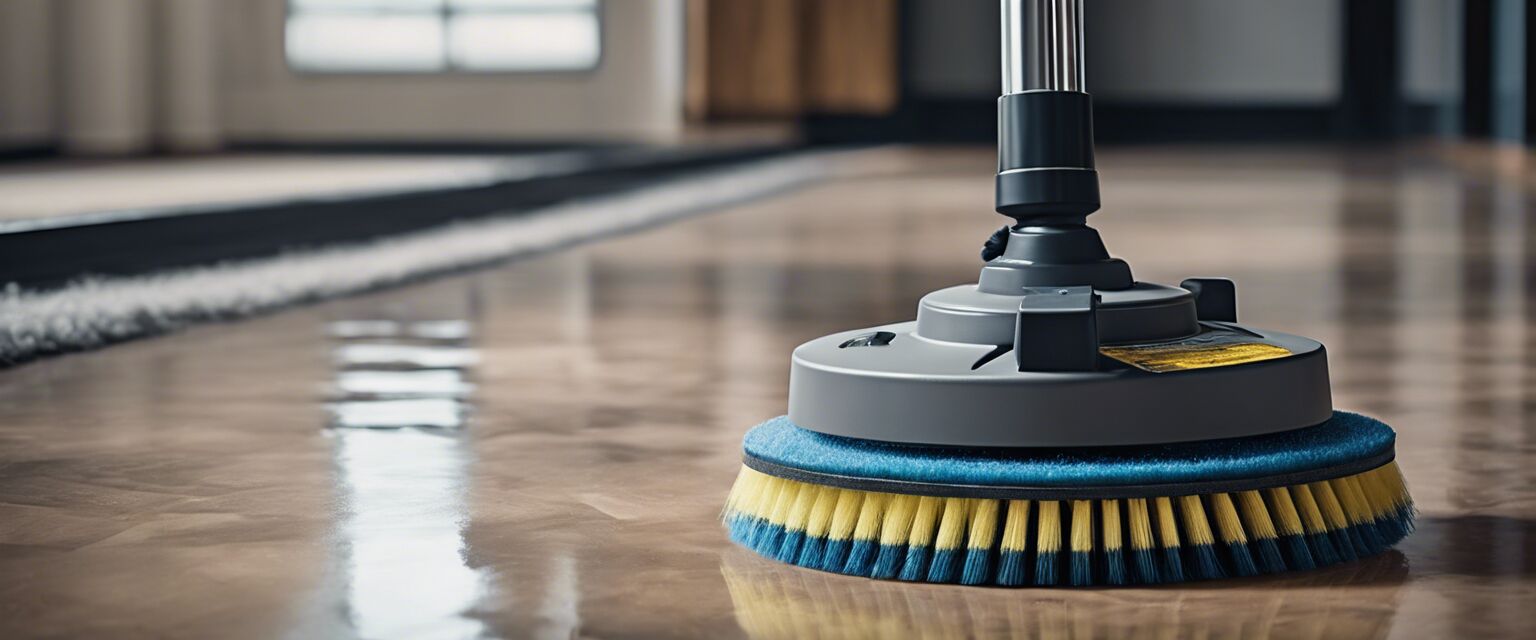
This article was generated using AI and is based on real customer reviews from the Amazon platform. It contains affiliate links, meaning we may earn a commission—at no extra cost to you. As Amazon Associates, we earn from qualifying purchases.
Floor Buffers and Polishers
Key Takeaways
- Floor buffers and polishers are essential for maintaining various types of flooring.
- They come in different types, including rotary and orbital buffers.
- Choosing the right machine depends on your floor type and cleaning needs.
- Regular maintenance of these machines ensures longevity and effective performance.
- Understanding the features can help you make an informed purchase decision.
Maintaining clean and polished floors is crucial, especially in commercial settings. Floor buffers and polishers are powerful machines designed to keep floors looking their best. With a variety of options available, itâs essential to understand their features, types, and benefits. In this guide, we will explore the different floor buffers and polishers on the market today.
What are floor buffers and polishers?
Floor buffers and polishers are machines used to clean, buff, and shine floors. They use rotating pads to scrub and polish surfaces, making them ideal for both residential and commercial spaces. These machines can handle a variety of flooring materials, including hardwood, tile, and vinyl.
Types of floor buffers and polishers
There are two main types of floor buffers and polishers:
- Rotary buffers: These machines have a single rotating pad and are typically used for scrubbing and polishing.
- Orbital buffers: These machines have a random orbital motion, making them less aggressive and ideal for delicate surfaces.
Key features to consider
When choosing a floor buffer or polisher, consider the following features:
| Feature | Description |
|---|---|
| Pad size | Larger pads cover more surface area, while smaller pads allow for more detailed work. |
| Motor power | Higher motor power means more effective cleaning and polishing. |
| Weight | Heavier machines provide better pressure for cleaning, but can be harder to maneuver. |
| Adjustable speed settings | Allows users to customize the speed based on cleaning needs and floor types. |
| Corded vs. cordless | Corded machines provide continuous power, while cordless offers more mobility. |
Benefits of using floor buffers and polishers
Investing in a floor buffer or polisher can offer numerous advantages:
- Enhances the appearance of floors, making them shine.
- Prolongs the lifespan of flooring by removing dirt and grime.
- Improves safety by maintaining clean and slip-resistant surfaces.
- Saves time and labor compared to manual cleaning methods.
How to choose the right floor buffer or polisher
Selecting the right machine involves understanding your specific cleaning needs:
- Assess the type of flooring in your space.
- Consider the size of the area you need to clean.
- Determine your budget and desired features.
- Read reviews and comparisons of different models.
- Consider the maintenance requirements of the machine.
Comparison of popular floor buffers and polishers
| Model | Type | Pad Size | Motor Power | Weight |
|---|---|---|---|---|
| Model A | Rotary | 20 inches | 1.5 HP | 75 lbs |
| Model B | Orbital | 12 inches | 0.75 HP | 40 lbs |
| Model C | Rotary | 17 inches | 1.0 HP | 60 lbs |
| Model D | Orbital | 15 inches | 0.5 HP | 35 lbs |
Maintenance tips for floor buffers and polishers
Proper maintenance can extend the life of your equipment:
- Clean the pads regularly to remove dirt and debris.
- Inspect the machine for any loose parts or damage.
- Store the machine in a dry place to avoid rust and corrosion.
- Follow the manufacturer's guidelines for servicing and repairs.
Conclusion
Floor buffers and polishers are essential tools for keeping floors clean and shiny. By understanding the different types, features, and maintenance tips, you can choose the right machine for your needs, ensuring your floors always look their best.
Beginner's tips for using floor buffers and polishers
- Start with a clean surface before using the machine.
- Test the machine on a small area first to ensure compatibility with your flooring.
- Always follow safety guidelines, including using protective gear.
- Adjust the speed based on the task at hand.
Pros
- Effective cleaning and polishing capabilities.
- Variety of models available for different needs.
- Can save time and effort compared to manual cleaning.
Cons
- Can be expensive depending on the model.
- Heavier models may be difficult to maneuver.
- Requires regular maintenance and care.
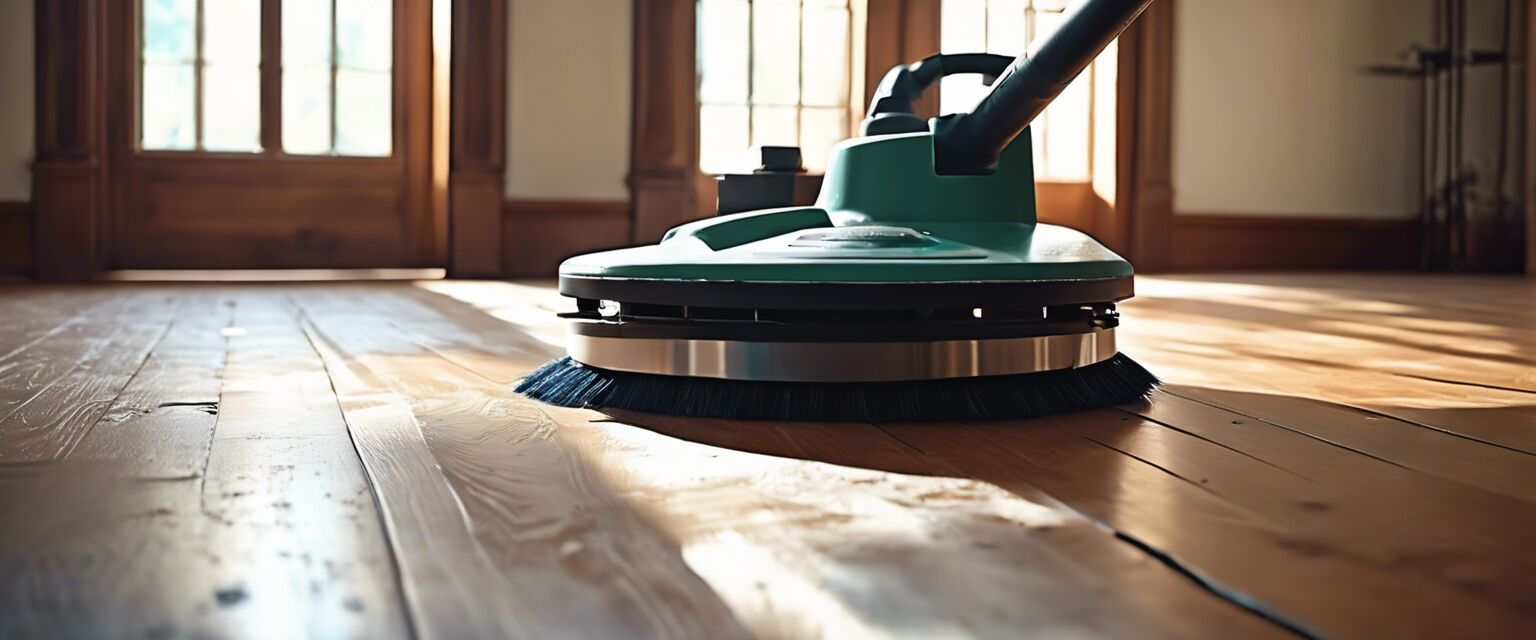
Explore more about flooring solutions
If youâre interested in learning more about floor maintenance, check out our other articles on:

